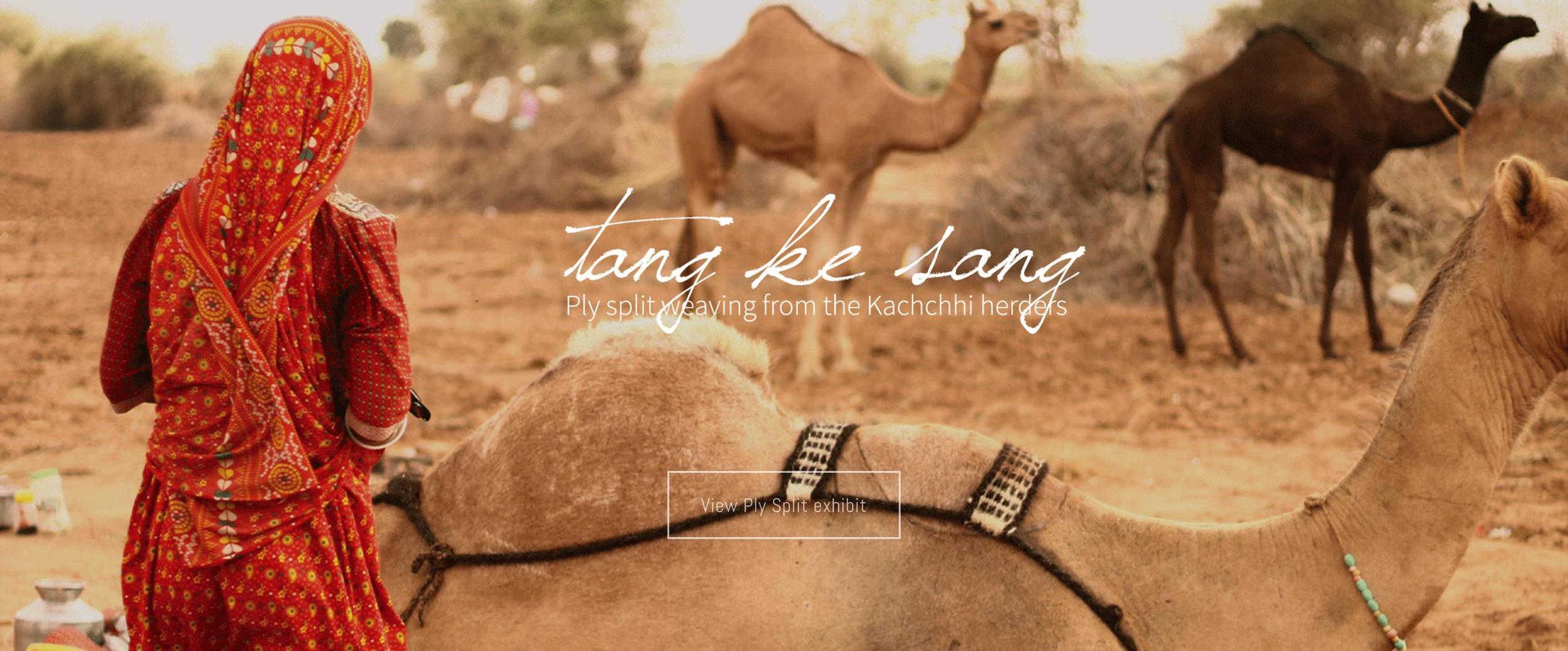Making Khamir's research accessible to a global audience
It's been a few months since I last wrote about how Khamir uses the internet to share its work so it seemed like time for an update! After the launch of the website for Rohi, our exhibition on leather artisans in Kutch, I was asked to create similar sites for all of Khamir's past exhibitions.
The microsites I subsequently designed for these past exhibitions, on bandhani (tie-dye), pottery, Ajrakh (block printing), and ply split weaving have now gone live: exhibitions-khamir.org. Through these sites, Khamir’s unique research archive on the craft communities of Kutch is now available to people around the world.
There are many fellows, interns, and short term consultants working at Khamir each year. After the project they've worked on are completed, their scattered files get put on a hard drive, and are often left to gather dust.
When I started working on archival microsites, most of the images and written research weren't available in editable form. All I had were heavy PDF files of panel designs that had been given to printers years ago.
So the first thing I had to do was pull out the raw content. I extracted each photo and re-typed all the text. Through this meticulous process, I familiarized myself with the information, and I was also able to strengthen the narrative arc.
I edited the writing into smaller chunks with scannable headlines. I grouped the research into taxonomic categories to facilitate browsing. Depending on the content, I allowed users to encounter the material in linear or thematic sequence. On some pages I emphasized strong visuals; others lent themselves to a more editorial and text-heavy experience. I challenged myself to weave together text and photography into one seamless whole, without losing the integrity of the original research.
Take a look!
Pottery
www.exhibitions-khamir.org/pottery
Leather
www.exhibitions-khamir.org/pottery
Bandhani
www.exhibitions-khamir.org/bandhani
Ajrakh Blockprinting
www.exhibitions-khamir.org/ajrakh










